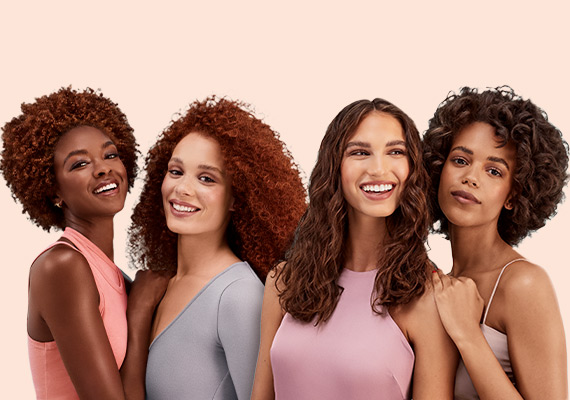
23 Sep What’s Your Curl Pattern?
Identifying Your Curl Pattern
Whether they’re softly spiraled or coily and voluminous, curls are undeniably beautiful. But not all curly hair is the same. Every texture behaves differently—and understanding your unique curl pattern is the first step to keeping your hair healthy and strong.
What’s Your Curl Pattern?
All curly hair has natural arcs and angles that expose openings in the cuticle layer, allowing natural moisture and nutrients to escape. Unlike straight hair, scalp oils can’t travel down the curly hair shaft, which leaves curls prone to dryness. That’s why curls crave nourishing, hydrating products. And different types of curls need different types of care to look their best.
Wavy, Loose, Tight, and Coily curls
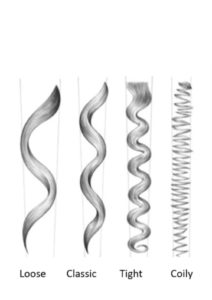
CURLY HAIR TYPES:

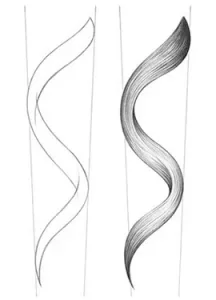
WAVY CURL PATTERN & BEHAVIOR
A wavy, relaxed “S” shape curl pattern. This curl type may be non-uniform—straighter at the crown, wavy in the middle, and drier on the ends, for example. Dehydration, damage, and heavy styling products can “straighten” out these curls. Wavy curls need lightweight, curl-amplifying moisture and hold.
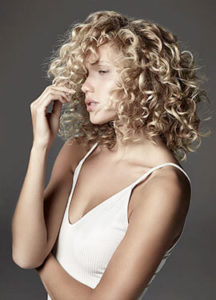
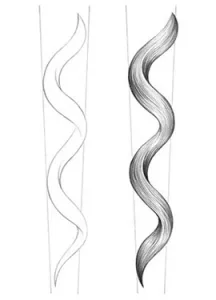
LOOSE CURL PATTERN & BEHAVIOR
A consistent and defined “S” shape curl pattern. This curl type tends to be uniform, with a coiling shape that extends from roots to ends. When dehydrated or damaged, these curls can become frizzy and lose definition. Loose curls need gentle care and balanced moisture.
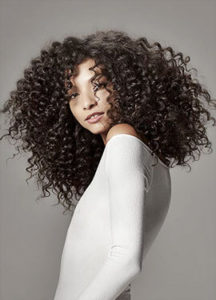
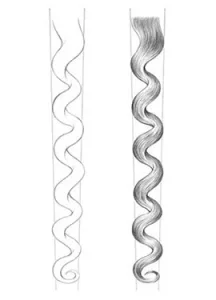
TIGHT CURL PATTERN & BEHAVIOR
A small corkscrew-like curl pattern throughout the hair. These tight ringlets tend to be finer and lighter in weight. Without proper moisture, the hair shaft tends to expand and can lose its shape, causing curls to appear dense and unmanageable. Tight curls need deep hydration for maximum softness and strength.
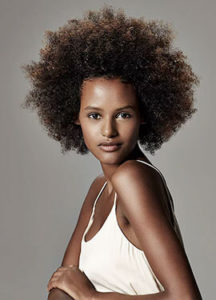
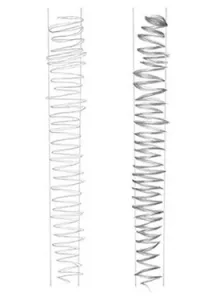
COILY CURL PATTERN & BEHAVIOR
An angular, “Z” type zig-zag from roots to end. The Z pattern is tightly coiled, and most often fine and delicate, the tighter the coil, the more difficult it is for oil to travel and moisturize from the scalp along the length of the strand. Coily curls need protective moisture.




